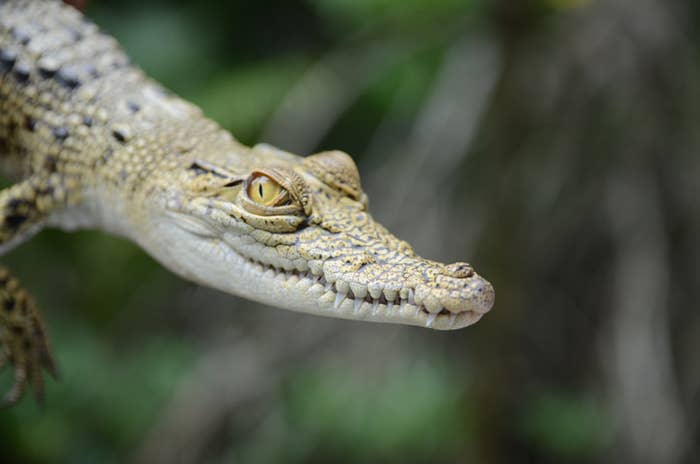
1. Crocodiles Were Played Classical Music
A team of international researchers put Nile crocodiles in MRI scanners and played them classical music to observe how their brains process complex sensory information.
The researchers played the crocodiles music by Bach as well as exposing them to complex visual stimuli.
The study found that the brains of the crocodiles, which developed more than 200 million years ago, had different brain activation after being played complex noises like the classical music, compared to when they were played basic sounds.
The results suggested that this complex sensory processing evolved much earlier than scientists had originally believed.
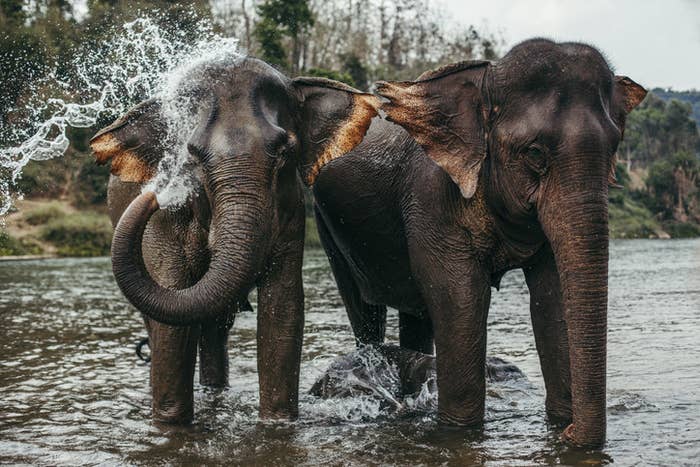
2. Asian Elephants Are Really Good With Numbers
A study published in October in the Journal of Ethology found that Asian Elephants have numeric ability that is closer to humans than other animals.
The researchers trained a 14-year-old Asian elephant to use a computer-controlled touch panel, which the elephant touched with its trunk to indicate numerical judgements
The elephant chose the correct answer 181 out of 271 times (a 66.8% success rate), suggesting that the elephant has cognitive abilities that are comparable to human counting.
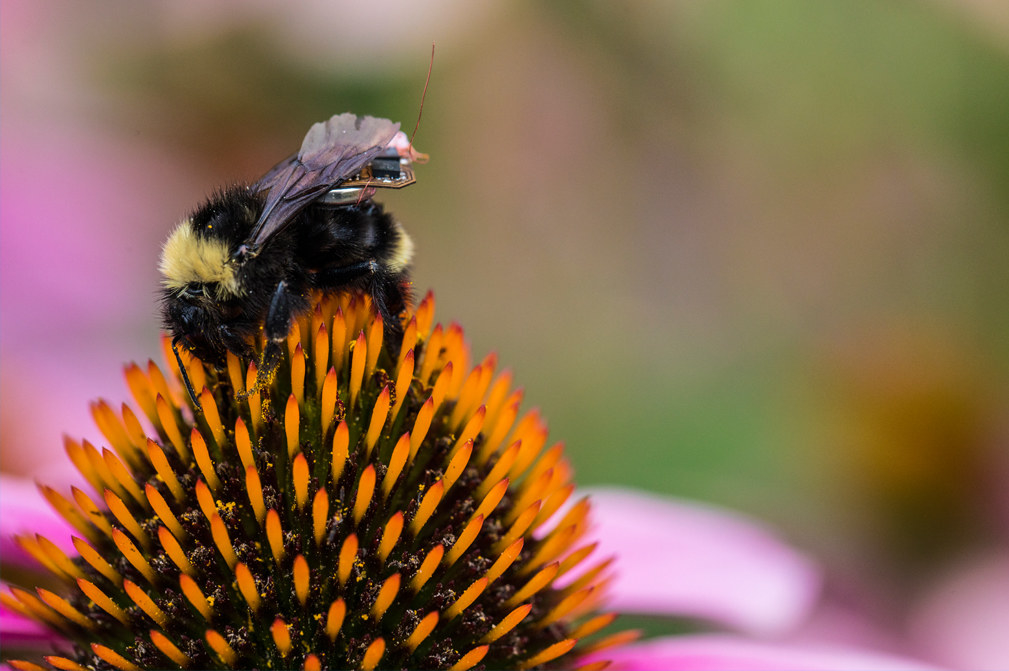
3. Scientists Created A Sensory System Small Enough To Ride On Bumblebees
Engineers from the University of Washington have created a sensing system for farmers to monitor temperature, humidity and crop health that rides on the back of bees.
Farmers can use drones for this purpose but they require an immense amount of power to fly over large fields, thus requiring frequent recharging.
The bumblebee sensory system has location tracking, wireless communication and a battery that lasts for seven hours and recharges while the bees are in their hives at night.
4. Researchers Rediscovered An Animal That Hadn't Been Seen In 30 Years
The San Quintin kangaroo rat, a small, feisty burrow-dwelling mammal from northern Mexico, was last seen in 1989 and was declared extinct by the Mexican government in 1994.
However, researchers came across four of the kangaroo rats during a routine survey in 2017 and published their findings in May this year.
The researchers stated that the reappearance of the kangaroo rat is a promising sign that the natural ecosystems in the Baja California region are recovering after an agricultural boom drastically changed the environment.
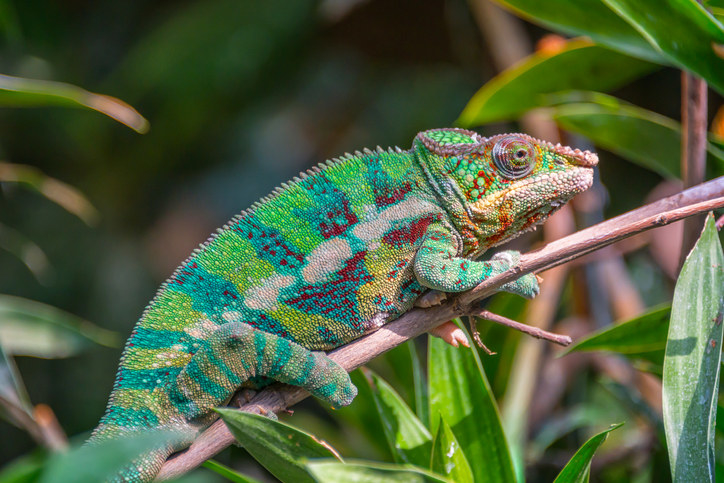
5. Three New Species Of Rainbow Chameleons Were Discovered
Three new species of rainbow chameleons were discovered on the east coast of Madagascar on an expedition led by a German zoological society.
The researchers who discovered them said that the three species likely have small populations without a lot of distribution.
One of the chameleon species was only observed in a 37-acre patch of isolated rainforest.
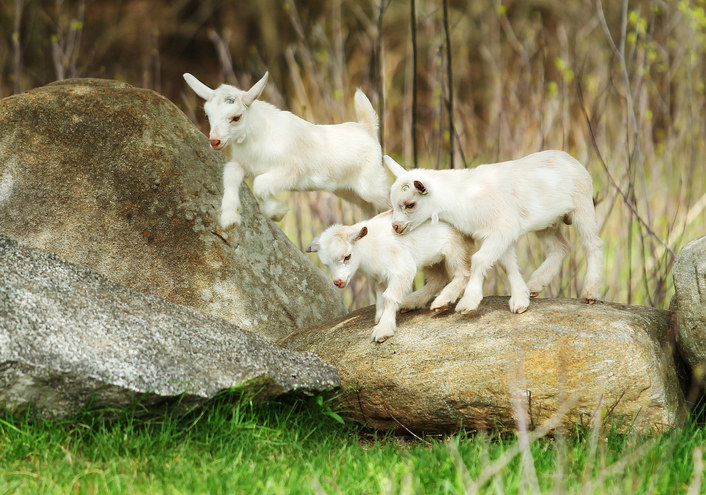
6. Goats Know When People Are Smiling And They Like To See It Happen
In a study published by the Royal Society, researchers investigated the intelligence of goats in understanding social cues.
Using 35 goats, the scientists observed preference when they were presented with an image of either an angry or a happy human expression.
The study found that the goats preferred to spend time around images of happy human faces — this indicated for the first time that domesticated farm animals, which haven't been bred specifically to interact with humans, can read facial communication cues in people.
7. Pterosaurs Were Probably Feathery
Research led by Nanjing University in China microscopically examined fossils from pterosaurs, the flying reptiles that co-existed with dinosaurs, and found that they were covered in small feathers.
The surprising discovery pushed the origin of feathers back by 70 million years. The pterosaurs feathers were shorter and not intended to assist flight like feathers on modern birds.
The discovery led scientists to conclude that the pterosaurs were actually feathery and not scaled in appearance.
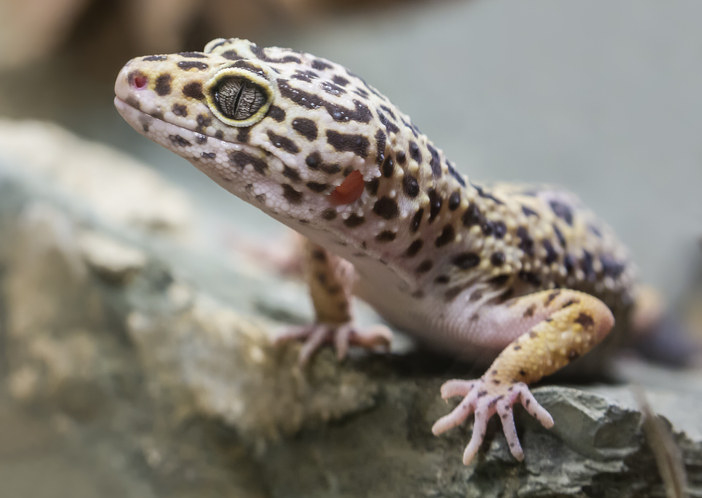
8. Lizards Dream Like Us
A study of lizards' sleep led by the Neuroscience Research Center of Lyon found that they have distinct sleep states much like humans.
The researchers were investigating how lizards sleep to determine how sleep states developed in humans.
The study determined that lizards experience phases similar to rapid-eye movement (REM) and slow-wave sleep states in humans.
The findings suggested that lizards may experience dreams in a similar way to people.
